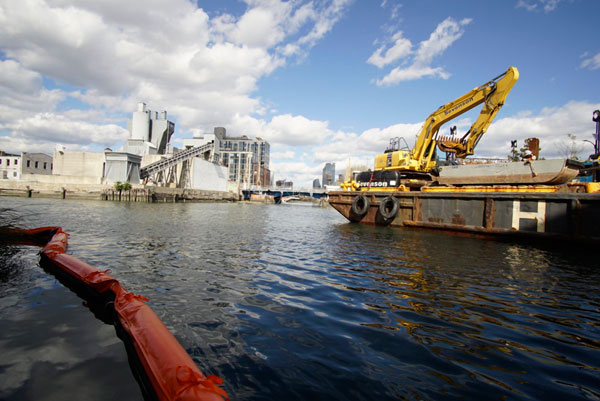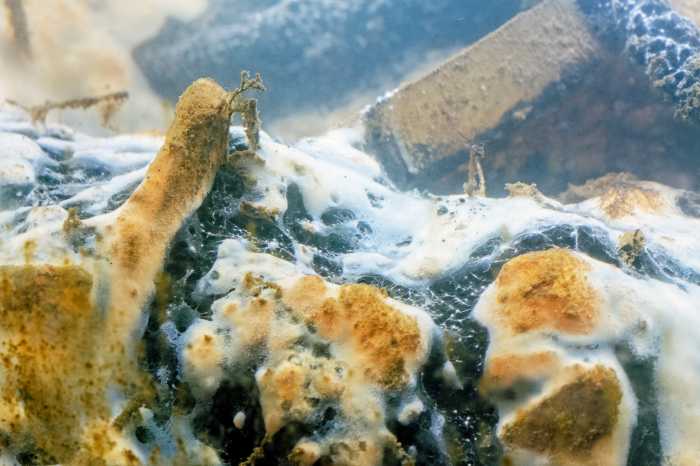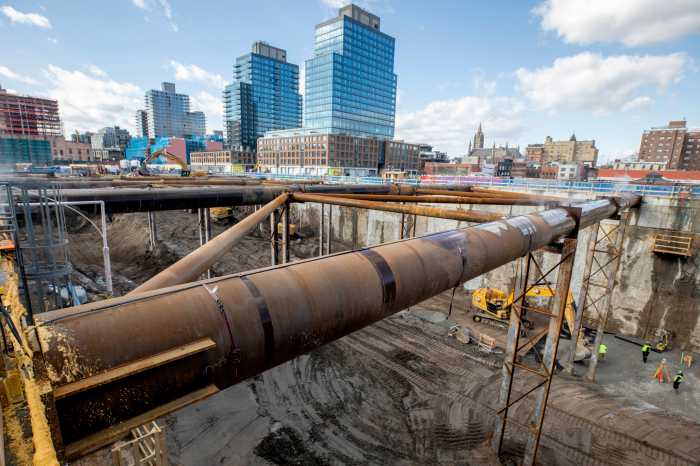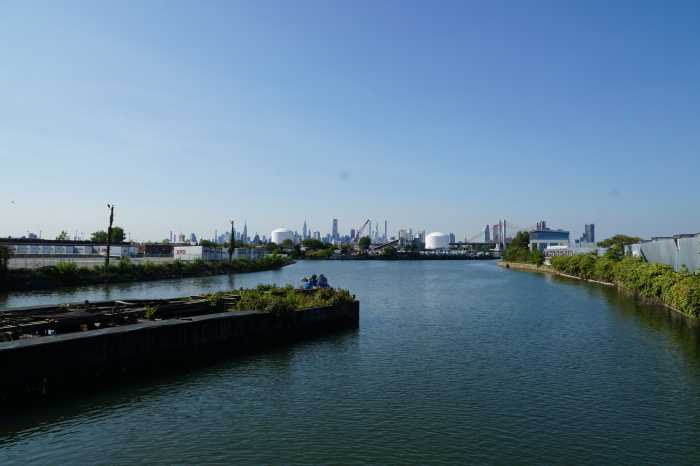Uncle Sam isn’t taking any of the city’s crap!
Federal environmental officials are anxiously counting the turds of some 20,000 new residents that would move to Gowanus in the wake of a city-backed rezoning, and they’re demanding local officials create a plan to protect the neighborhood’s notoriously fetid canal from the extra waste amid a more than $1.2 billion federal cleanup of the waterway, according to the fed in charge of cleaning Brooklyn’s Nautical Purgatory.
“In the coming weeks and months and years we will be looking at those numbers and we will be asking the city and the developers to take measures to mitigate any effects that these big numbers might have on the remedy,” said Christos Tsiamis of the Environmental Protection Agency at the May 28th meeting of the local watchdog group the Gowanus Community Advisory Group.
Current residents flush about 179,000 gallons of wastewater into the neighborhood’s sewage system per day, and federal officials had planned to install two massive tanks — capable of holding four and eight million gallons, respectively, and priced together at $1.2 billion — near the canal to accommodate sewage overflow, which normally vents into the waterway during heavy rain.
But as the prospect of a neighborhood up-zoning looms, Department of City Planning officials now predict that the daily wastewater dump could swell to a whopping 2 million gallons per day, and Tsiamis said at the meeting Tuesday that it’s up the city to strategize how to prevent that waste from entering the canal.
Tsiamis is also concerned that large-scale development will cause additional rainwater to pour into city sewers, thereby further exacerbating overflow, and Tsiamis wrote to the Department of City Planning to demand they analyze that issue as well.
Gowanus Councilman Brad Lander — whose vote, along with Boerum Hill Councilman Stephen Levin’s, is key to approving the city’s rezoning scheme — suggested that in lieu of expanding the already hugely expensive tanks planned by the feds, that developers could be required through the rezoning to install their own retention facilities when construction new buildings.
“The CSO outfalls could be tied into tunnel or tank infrastructure being designed for this purpose, which is the public option” said Lander. “The private option — if it’s not feasible to tie it into those, then developers could in addition to having to detain their stormwat er, detain their grey water for a period of time, their sewage.”
As a proof of concept, Lander pointed to a luxury condominium on the distant Isle of Manhattan, called the Solaire, which features a rooftop garden that collects rainwater in a 10,000-gallon tank.
And the local lawmaker added that, while the increase in wastewater would be significant, it is ultimately manageable given existing treatment facilities, including the Red Hook and Owls Head treatment plants, which have capacities of 60 million and 120 million gallons per day, respectively, according to city records.
“You have to look at that in context of wastewater treatments,” Lander said. “It’s not a trivial increase but relative to the wastewater system it’s a relatively modest increase.”
























